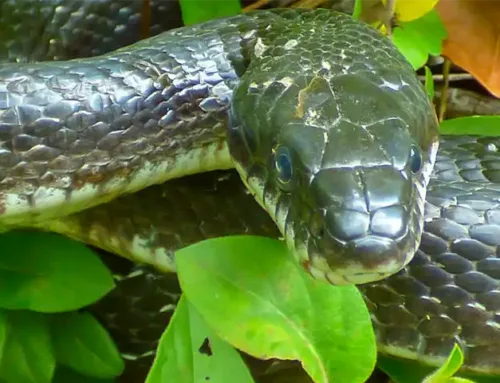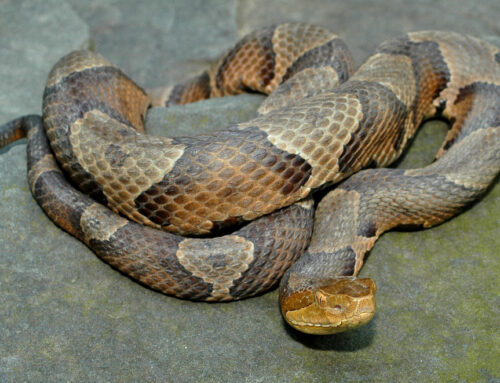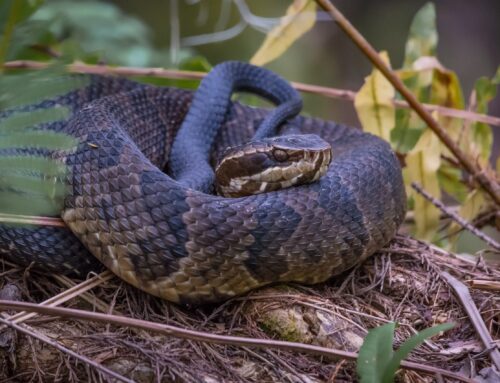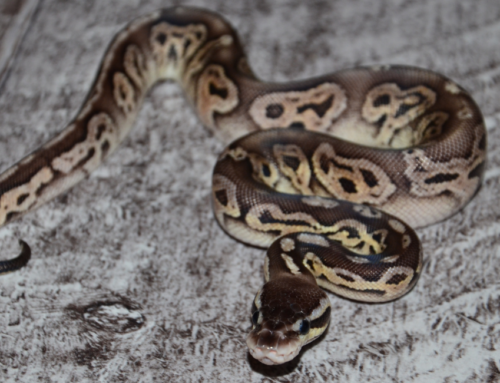Virginia's 3 Venomous Snakes
Virginia's venomous snake species are not particularly aggressive but can still be dangerous to those who are careless and unaware of their surroundings. The copperhead is a pit viper with a tan body, covered in diamond-shaped rust-colored bands. The body of the copperhead is very hard to distinguish from wood, mulch, and brown leaves. As a result of their amazing camouflage, many bites occur during fall.

Copperheads are very slow-moving snakes that rely on their camouflage to catch small mammals, such as mice, rats, and voles. Copperheads are not very nervous snakes and typically only react to humans when they come very close. They will often freeze and become motionless rather than trying to flee or frighten a human away. typically, Copperheads only bite if they are touched.
Young copperheads are sometimes mistaken for a different type of snake because of their bright yellow tail, but are just as venomous as adults and should be avoided. Copperhead's activity levels will vary based on the time of day and season, coming out at night during the summer months, but preferring day activity in the spring and fall.
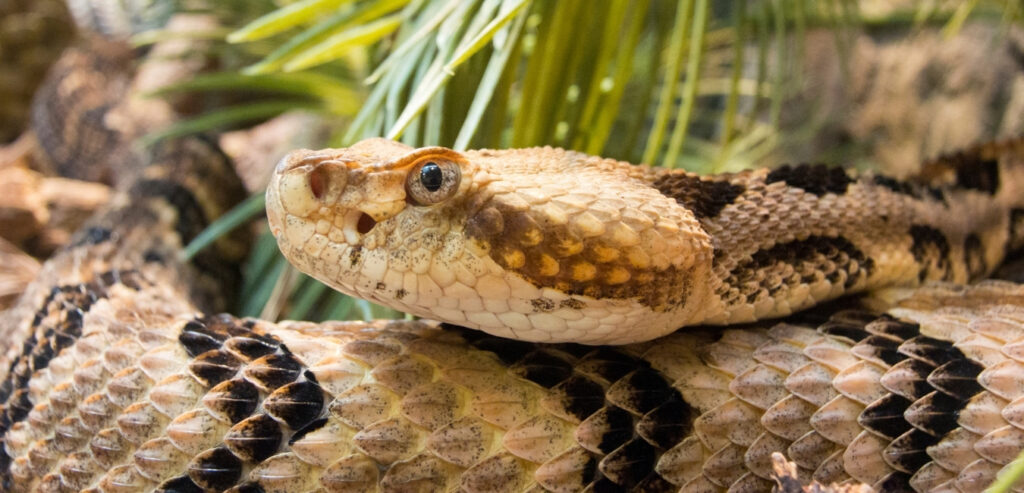
If you travel outside the Northern Virginia area, you may encounter Virginia's two other venomous snakes; the cottonmouth (aka Water Moccasin) and the Timber Rattlesnake.
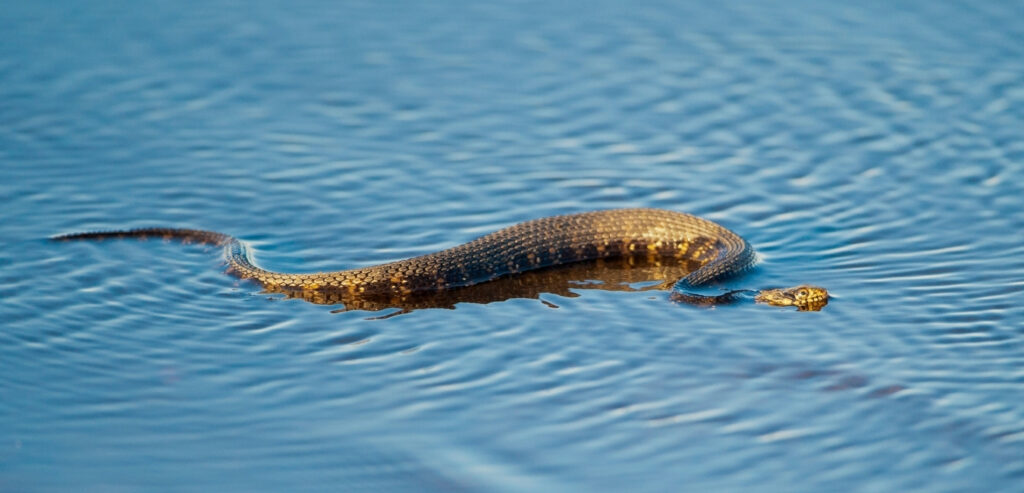
The cottonmouth favors hot, wet conditions than those of the Northern Virginia, Fredericksburg area, mainly living south of the James River. Cottonmouths are similar in shape to the copperhead but have a longer body and darker brown/black color. Cottonmouths often hunt in the water and are named for their bright white mouth they display as a warning.
The timber rattlesnake, unlike the other two venomous snakes of Virginia, is a protected species and quite rare. It usually only appears in the Appalachian Mountains in western Virginia and a very small area in the southeast portion of the state. In fact, the southeast timber rattlesnake population is so small, they are considered a state endangered species.
